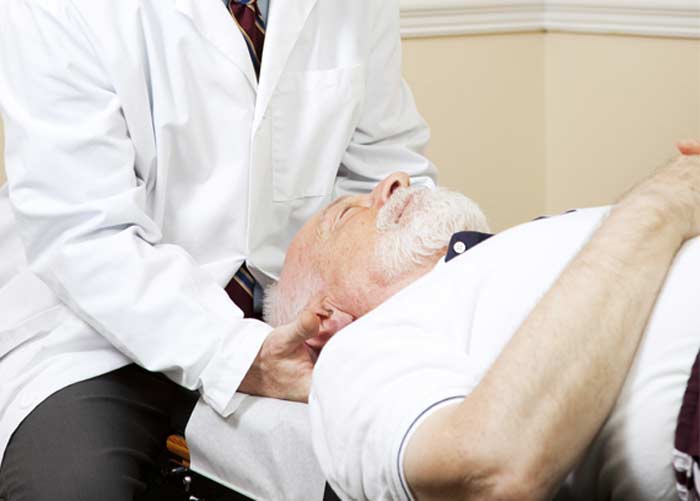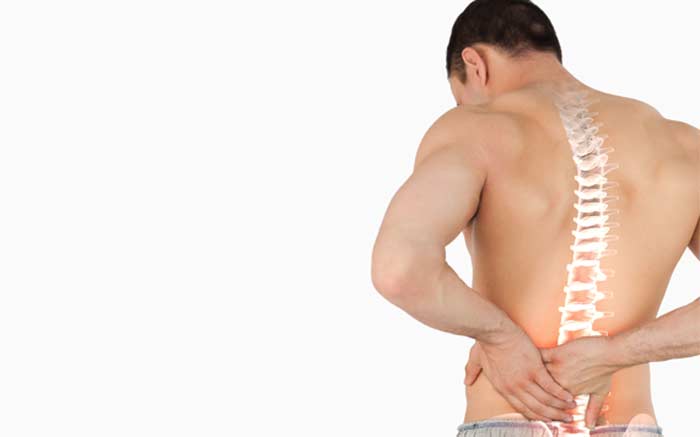
Most people with temporary or chronic discomfort respond better to a combination of pain management efforts.
Not all types of pain can be immediately or permanently eliminated. There are also times when pain is experienced because of progressive conditions like arthritis or degenerative disc disease. It’s also not unusual to have issues with pain after surgery during the recovery period as tissues heal.
These are just some examples of the types of discomfort that may respond well to various pain management options, methods, or techniques.
Identifying Pain Sources
The first step in the pain management process is to determine a patient’s likely source of pain so recommendations can be made that will likely be beneficial. This initial diagnostic process often involves X-rays, CT scans, and other images tests, various laboratory tests, and specialized assessments that may include an electromyography (EMG) to measure muscle response and nerve conduction studies to evaluate nerve impulses.


Pain Management Medications
One of the most common forms of pain management is the use of medication to relieve pain and ease symptoms. Opioids (narcotics) and benzodiazepines are often prescribed for patients with the type of chronic pain that may be experienced with cancer and joint-related conditions. Over-the-counter and prescription non-steroidal anti-inflammatory drugs (NSAIDs) land naproxen may be used to manage inflammation-based pain. Other medications recommended for pain management purposes may include:
- Antidepressants to ease pain and help with sleep
- Muscle relaxants for acute muscle pain
- Anti-seizure medications to manage nerve-related pain
- Oral or injectable steroid medications
Physical Therapy
The goal with physical therapy is to manage pain by strengthening core muscle groups, reconditioning soft tissues and joints, and improving flexibility, range of motion, and mobility. Exercise-related PT programs are based on patient-specific needs with an emphasis on correct form. This type of PT is referred to as active physical therapy. Other forms of PT are passive in nature, meaning patient participation isn’t necessary. Passive PT techniques include massage therapy, hot and cold applications, and use of mild electric current (e.g., TENS units) to encourage the body to produce more “feel good” hormones called endorphins.
Cognitive Behavioral Therapy
With cognitive behavioral therapy (CBT), patients learn about emotional and psychological aspects of various types of discomfort, especially pain that’s chronic in nature. A type of psychotherapy, CBT is a pain management technique that’s designed to change perceptions of pain. Also with CBT, patients are taught to develop effective coping techniques to manage their pain.
Other Pain Management Options
Pain management can also include some techniques that are sometimes considered out of the mainstream or unconventional. Biofeedback, for example, involves teaching patients with recurring or chronic pain to gain better control over biological functions such as breathing, heart rate, and muscle tension. Some patients also experience positive results with:
- Visual imagery and other relaxation techniques
- Chiropractic adjustments
- Yoga and similar controlled movement disciplines
- Acupuncture
It’s important to be cautious with the use of certain medications, especially opiates and NSAIDs. For this reason, pain management specialists often advise patients to explore non-pharmaceutical options when possible, such as therapeutic exercises and positive lifestyle adjustments with diet, posture, and sleep habits.
